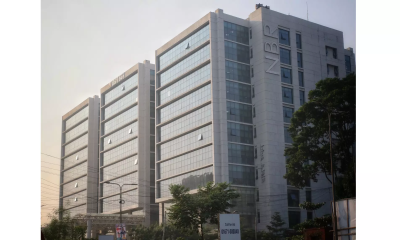Imagine a train track winding through the desolate lunar landscape, with levitating robots smoothly ferrying cargo. This isn`t science fiction; it`s a bold vision under NASA`s Innovative Advanced Concepts program (NIAC), pushing the boundaries of future space exploration.
NASA`s latest venture, dubbed "Flexible Levitation on a Track" (FLOAT), has just received the green light for further exploration. This initiative, now in its second phase, envisions a lunar railway system by the 2030s, offering reliable, autonomous, and efficient payload transport across the Moon`s surface.
Ethan Schaler, a robotics engineer at NASA`s Jet Propulsion Laboratory and the brain behind the project, shared his enthusiasm in a recent NASA blog post, saying, "We want to build the first lunar railway system, which will provide reliable, autonomous, and efficient payload transport on the Moon. A durable, long-life robotic transport system will be critical to the daily operations of a sustainable lunar base in the 2030s."
At the heart of FLOAT`s design are magnetic robots gliding over a specialized three-layer film track, mitigating abrasion from lunar dust. These robots will pull carts at a steady 1 mph (1.61 km/h), capable of transporting up to 100 tons (90 metric tons) of materials daily to and from NASA`s forthcoming lunar base.
This ambitious plan aligns with NASA`s broader goals. The agency aims to return astronauts to the Moon by 2026 under the Artemis mission, paving the way for establishing a permanent lunar base to support future space exploration endeavors.




-20251216092417.webp)










-20251218165258.jpeg)



















-20251216090625.jpeg)
-20251216054240.jpeg)


